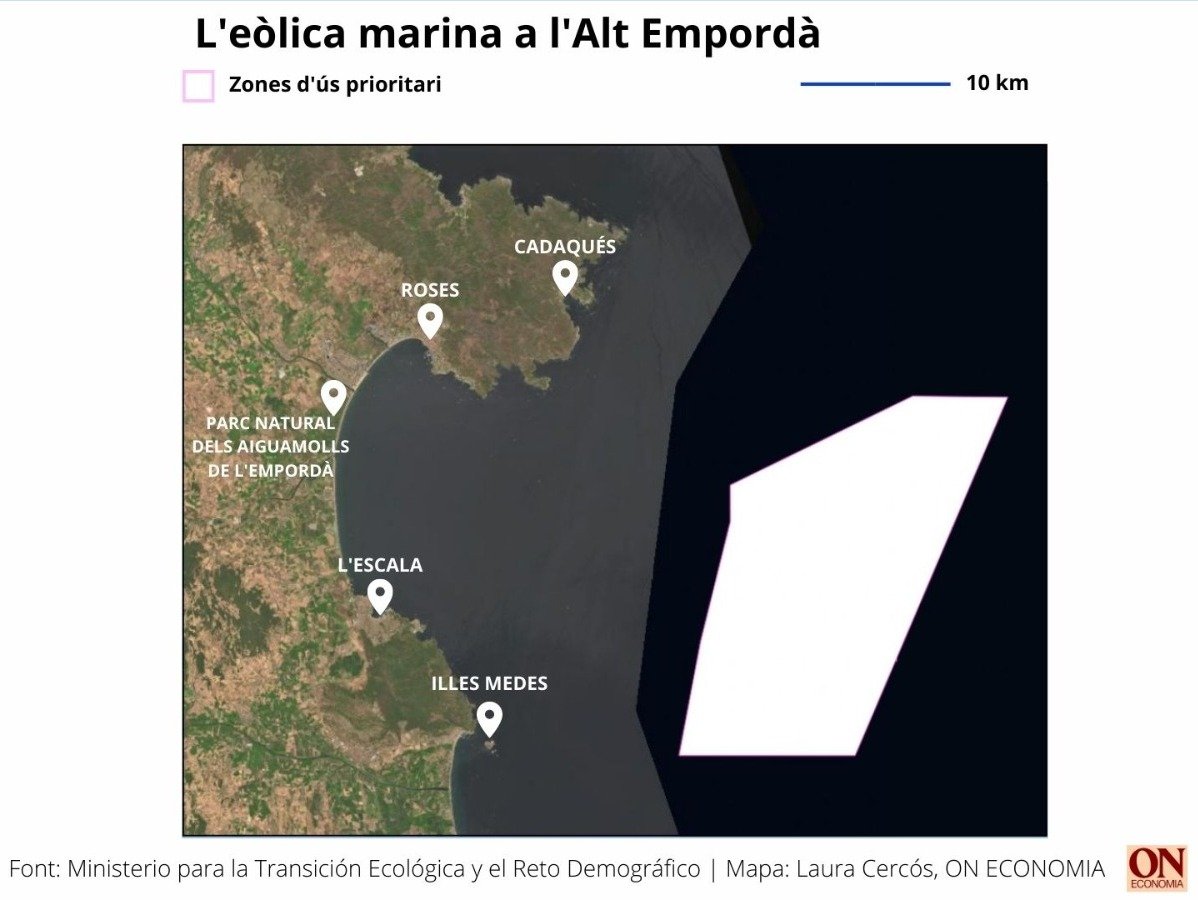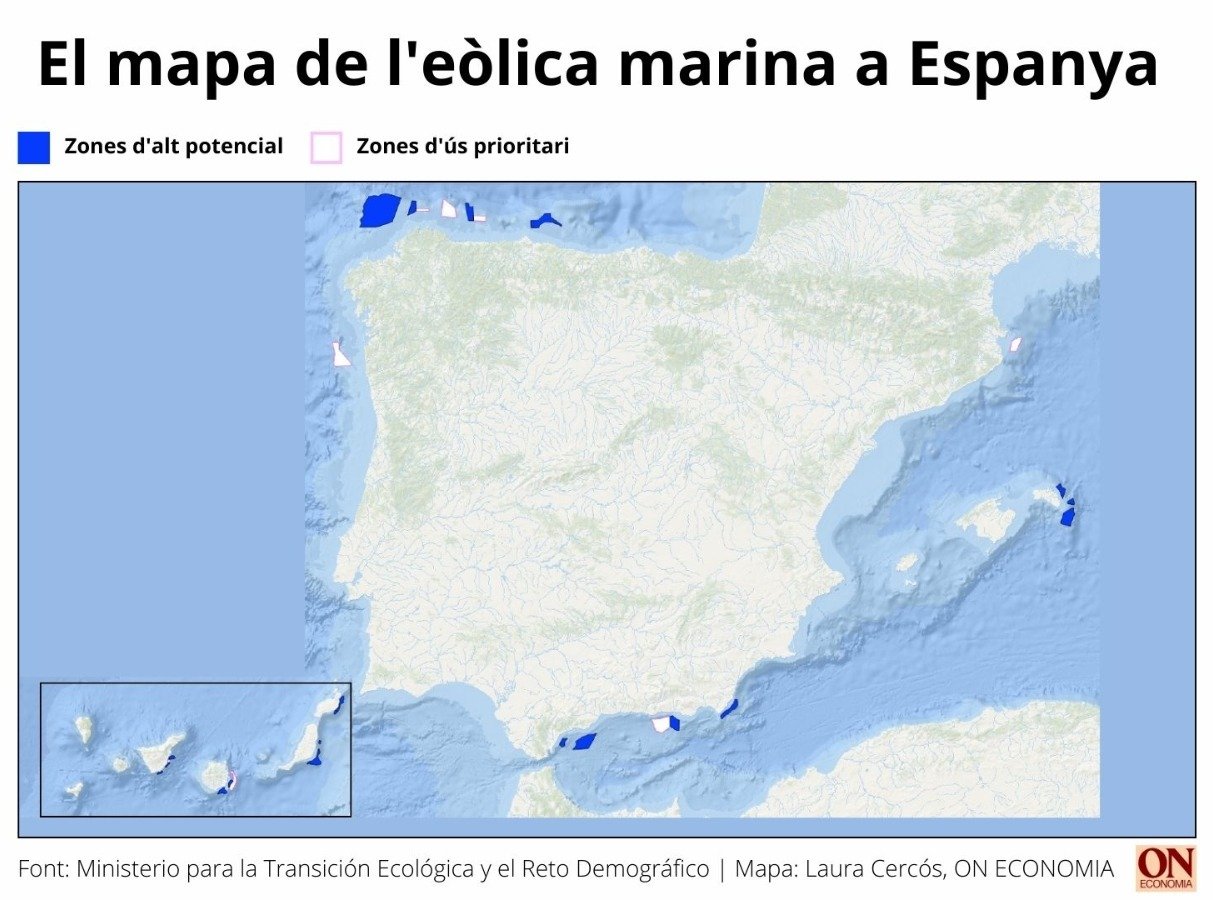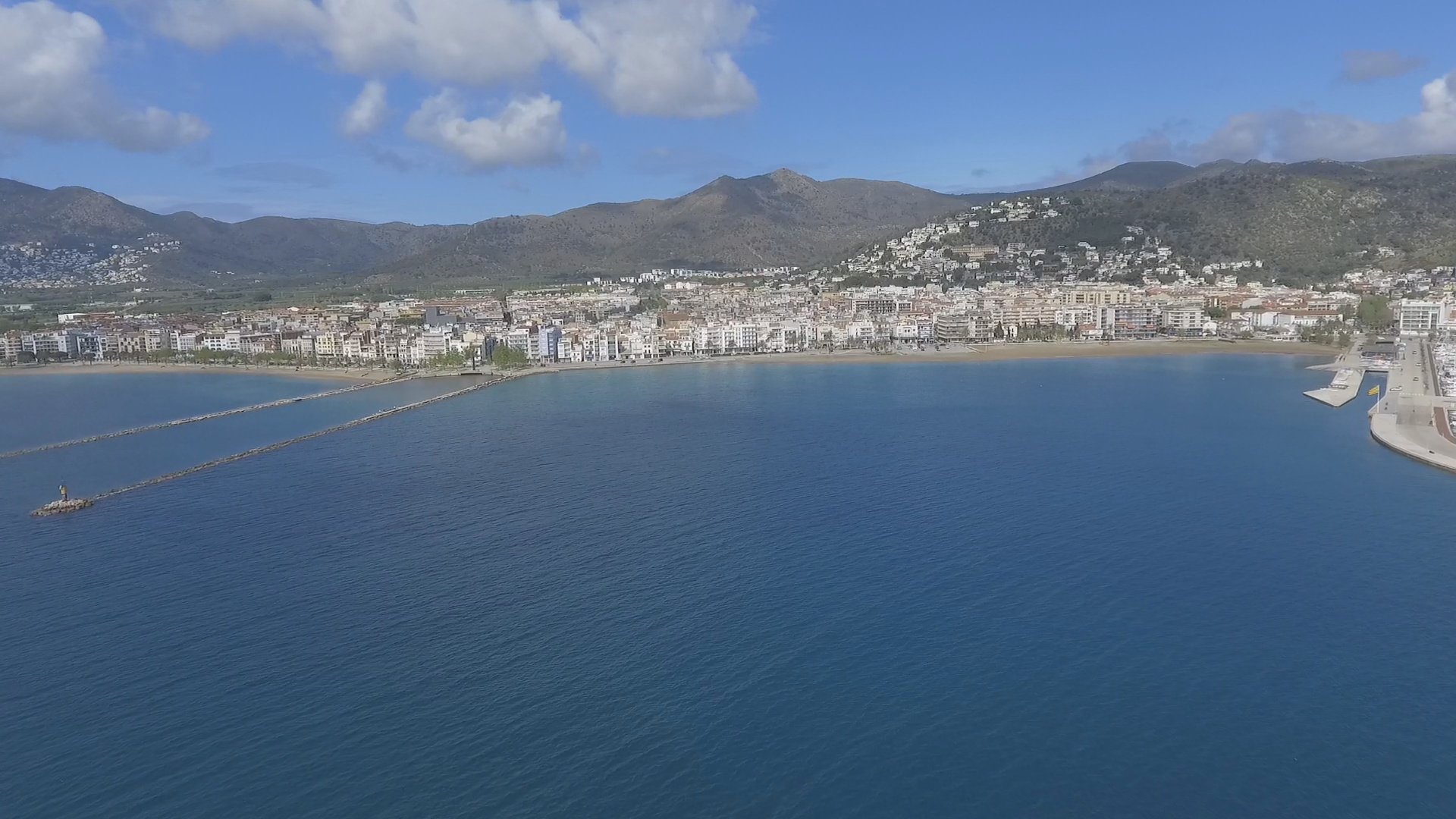The Spanish cabinet has approved its Maritime Space Management Plans (POEMs) this Tuesday and has decreed that a part of Catalonia's Costa Brava - specifically, a 249 square kilometre area offshore from the Gulf of Roses - will be classified as a suitable space to construct offshore wind power projects. Despite opposition to this project from within the territory, and the Catalan government's insistence that its criteria be taken into account, sources from the Spanish ministry for Ecological Transition and Demographic Challenge assert that "the sea does not have autonomous communities". That is to say, any decision on usages allowed in marine areas near a given territory of the Spanish state must be decided in Madrid.

This was announced in the press conference after the weekly cabinet meeting today by the head of Spain's Ecological Transition ministry, Teresa Ribera. The document released today defines the full marine usage plan for Spanish territorial waters, with the new feature of classifying areas that are priority for the production of marine wind power, through the installation of offshore wind turbines. That is, it is not yet defined which specific projects will be installed at sea throughout the Spanish state because it will now be up to the Energy secretariat to assess projects presented by private developers. But the sources in the Ecological Transition ministry have told El Nacional.cat that autonomous community governments like that of Catalonia will not be able to decide absolutely anything about what will end up being located there - as it is all state competence - no matter how much the Catalan minister for Climate Action, Teresa Jordà, expressed the Catalan executive's intention to take the decision "at home" on what to do regarding offshore wind power, as she expressed just days ago.
The Gulf of Roses is the only point located in Catalan waters included in the POEM due to its high potential for the development of marine wind energy. Despite the fact that Madrid's intentions have generated strong rejection in the territory, Teresa Ribera's Spanish ministry insists that preserving the biodiversity of each POEM has always been taken into account, as a sine qua non. "There has been an absolute priority so that the ecosystems can preserve themselves", point out sources from the Ecological Transition ministry.
The designated Costa Brava area will be 12 kilometres from Cap de Creus and 10 kilometres from the Isles Medes, near l'Estartit. The extension of the zoned marine area is approximately 249 square kilometres - although this does not mean that it will be completely covered by turbines.
Below, All of Spain's zoned areas for marine wind power (white areas = priority development zones; blue areas = zones of high potential)

The Spanish ministry is quick to point out that the classification of the POEMs has been carried out independently to the wishes of private developers, and has involved exhaustive analysis of each square kilometre of Spanish waters. "The only thing that has been done is to zone the sea and establish where it is possible to develop different economic activities", points out the Spanish government. Having said that, the ministry is still not able to estimate when wind turbines will begin to be installed throughout the territory.
For now, there are six projects on the table that could apply to the Gulf of Roses; and the Catalan government has already presented its own, which involves placing a floating platform there to research prototypes and see the effects this technology has on the marine environment. Catalan minister Jordà says that the Generalitat's proposal must allow "all doubts to be resolved" before the rest of the projects are launched. "It is the commitment we have made with the mayors", she said. However, from Madrid they are definitive - insisting that the Catalan authorities cannot decide anything.
The other zones around the Spanish coast classified as priority for offshore wind power are near Galicia, the coast of Asturias, Andalusia, the Canary Islands and Menorca. For all of these areas (see map below), companies will be able to start presenting projects when the tenders open.
The total marine area that the Spanish state has enabled is almost 5,000 square kilometres of sea area, 0.46% of Spain's total maritime waters. With this, it is expected that Spain will be able to generate between one and three GW of electrical energy from marine wind power by 2030.

